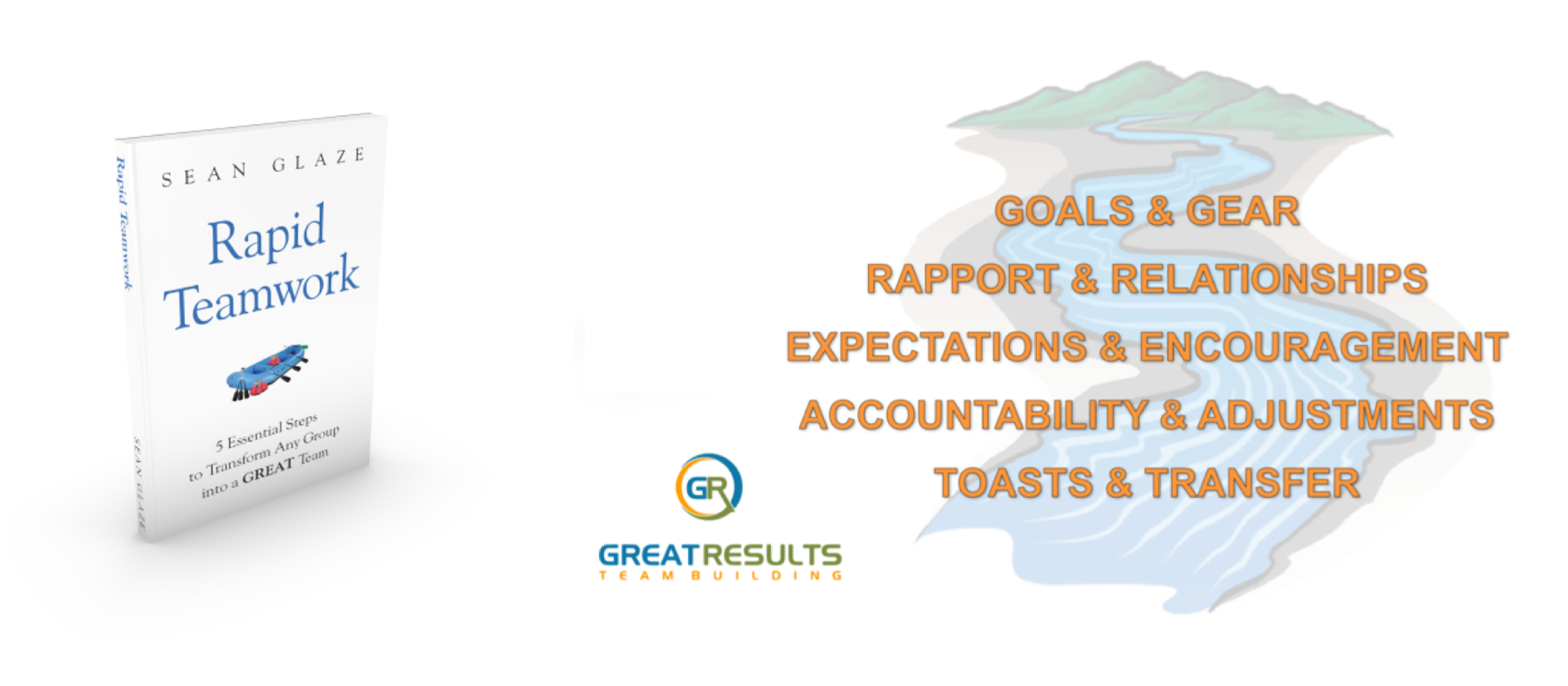 We’ve all heard them over the years.
We’ve all heard them over the years.
Heck- some of us have BEEN one of them.
The complainer.
The person who sees something that needs to be done… who notices a problem and says out loud (or internally) that “somebody should…”
And the truth is that on your team, there are lots of those internal voices happening…
EVEN IF you don’t hear them complaining out loud.
One of the greatest opportunities for your team to GROW and IMPROVE is to take advantage of those voices – and instead of letting them drain the team’s energy, use this activity to inspire your people to take ownership of team performance and feel valued for seeing something that can be better and DOING SOMETHING about it.
I call it the “somebody should” activity…
This is an activity that allows team members to identify opportunities for improvement and areas of need in their organization, and then to prioritize the ACTION steps to address them.
Step one –
give each team member 4-5 index cards (or post-its)
Step two –
say to participants
“this activity is called ‘somebody should.’ And you are familiar with the phrase, but this will turn the phrase into something that has a positive impact rather than simply complaining… because we’ve all heard (or said) that ‘somebody should _____________’ – and we point at a problem rather than taking the time to actually DO something to fix it.
If you’ve ever said or even THOUGHT that phrase, raise your hand.”
(all hands go up)
“okay – if your hand is not up, either you are being dishonest or you feel bad about not wearing deodorant today ;
The good news is that you are right – somebody SHOULD do something.
The uncomfortable news is that YOU are SOMEBODY!
So… you have 4 or 5 index cards. Without writing your name, I want you to think about what are the things that you may have thought about when that phrase entered your mind.
Write down ONE THING that somebody should do something about on each of the cards.”
(if you need more cards, somebody should raise a hand and I’ll deliver a few more)
Step three –
say the following:
“NOW- place all the cards in the middle and share them by reading each out loud with your table. You are your partners will choose the (FOUR-SIX) cards that the rest of the room would think are most important to being more successful here.
You have ten minutes to read through and vote on them to get your table down to (FOUR-SIX)
Step four –
charting for action
“OK… great. Now that you have identified the most important items that somebody should focus on, we need to determine which ones will deliver the MOST impact with the LEAST pain.
(Point to wall chart, where you have written or posted “IMPACT” on x axis and “PAIN” on y axis)
Your job is to decide where to put your table’s post-it notes on the chart – based on the amount of IMPACT it will have and the amount of PAIN it might cause.

For example… something that would require a lot of effort / pain but only provide a little impact for the team would go HERE (illustrate)
Step five –
discuss possible actions to take next, take picture of chart for future ideas…
The items that are in the HIGH impact and LOW pain quadrant are easy things to do – identify who will do what and by when for accountability ; )
I encourage you to use this activity at an upcoming meeting.
Allow your people to identify the things that can have a huge positive impact on performance and morale for a small investment of resources or effort.
And then you can, as a leadership team, decide how to move forward with addressing some of the other things that might take more time and resources to address.
Do not underestimate the impact of small changes!
The positive momentum that your people will feel when they see things being addressed that were previously only unspoken annoyances can have HUGE ripples..
.
And if you want your people to enjoy a memorable day of laughter and relevant lessons that will change the trajectory of your organization, consider a professionally facilitated team building event.
My passion is in helping people become more positive and impactful teammates – and in helping team leaders create and maintain a strong and profitable team culture.
You can also pick up a copy of my book, Rapid Teamwork – it is an entertaining parable that shares the FIVE KEY STEPS to transform any group into a cohesive and productive TEAM ; )

